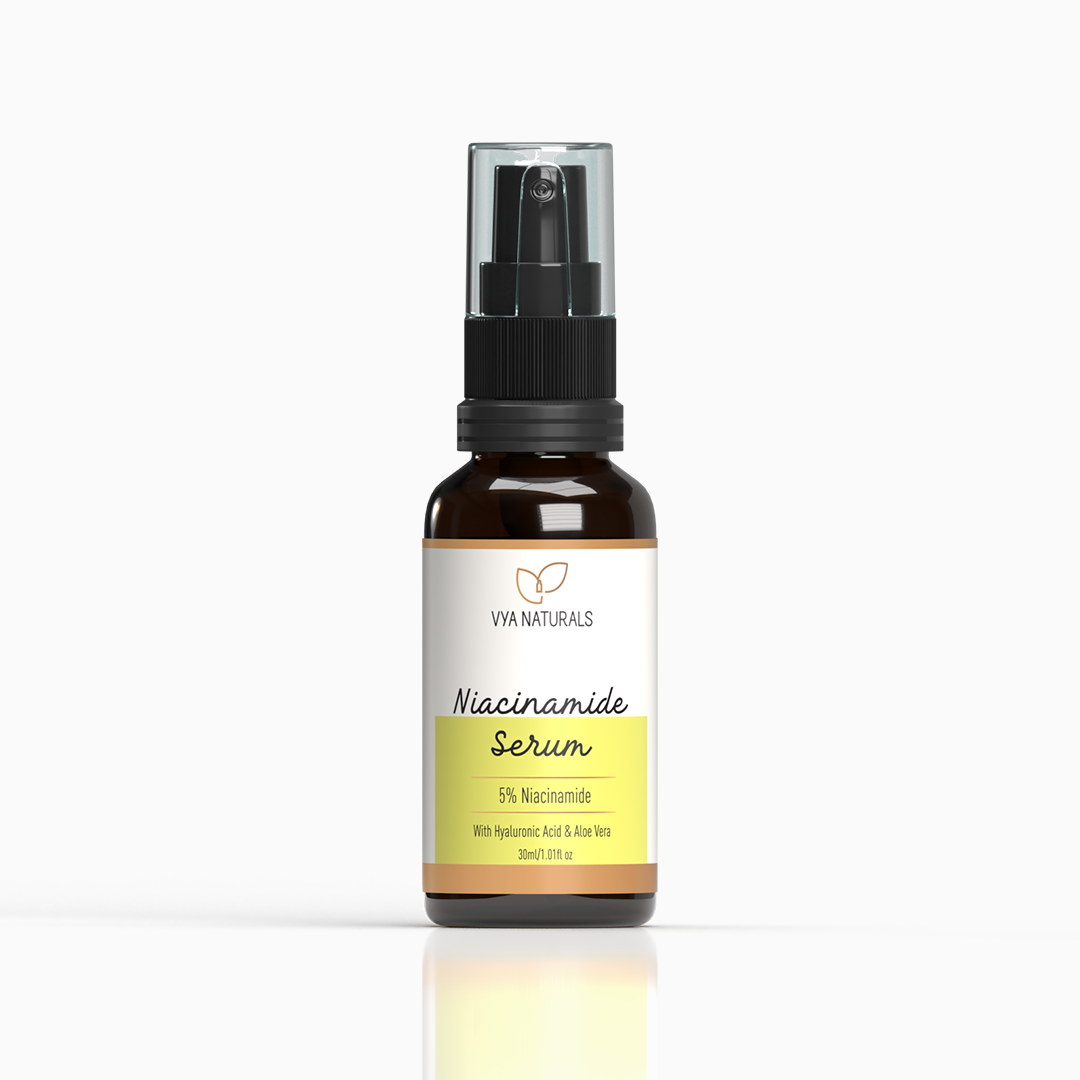Have you ever read the words “pH balanced” on a skincare product and wondered what it means and why it is so important for your skin?
Here’s an easy blog for you to understand this key aspect of skincare.
WHAT DOES pH MEAN?
Cast your mind back to chemistry class in high school.
pH stands for potential of hydrogen.
It is an indicator of how alkaline or acidic something is.
- The scale for pH runs from 0 (highly acidic) to 14 (highly alkaline)
- 7 is the standard for neutral
- Anything below 7 is acidic while anything above 7 is alkaline.
WHAT IS THE pH OF HUMAN SKIN?
Here’s an interesting fact.
When we are born we actually have neutral skin (pH of 7).
Within a couple of weeks after birth our skin achieves a pH that varies anywhere from 4.5 to 5.5. This means that human skin is slightly acidic in nature.
The pH of your skin also varies in different parts of your body. Those areas that are more exposed to the elements (face, hands etc) are more alkaline while those areas that are more protected tend to maintain the natural acidity.
If you have oily skin you will typically have a lower pH. This makes your skin more susceptible to infections and breakouts.
Dry skin has a more alkaline pH and is therefore prone to itching and inflammation.
Also men tend to have more acidic skin while women tend to have more alkaline skin.
Overall the average pH of human skin is 5.7
WHY DOES pH MATTER?
Our skins are normally slightly acidic in nature.
Our sweat as well as the sebum secreted by our skin cells combine to form what is called the “acid mantle”. Think of the acid mantle as a protective barrier that protects the upper layer of the skin against external elements like bacteria, pollution and allergens.
This acid mantle keeps our skin happy and healthy. It also helps our skin maintain the right levels of moisture.
WHAT CHANGES THE pH LEVEL OF OUR SKIN?
Listed below are the two most common causes:
- ENVIRONMENT - as time goes by our skin gets increasingly exposed to pollution, UV rays, smoke, dust etc. All these external aggressors push our skin towards becoming more alkaline in nature.
- LIFESTYLE - the skincare products that we apply can also disrupt the acid mantle of the skin making it more alkaline.
WHAT HAPPENS WHEN THE pH OF OUR SKIN CHANGES?
When the pH level of our skin changes (if it becomes too acidic or too alkaline), the acid mantle of our skin gets disturbed.
As the natural balance of the skin gets disrupted, our skin is no longer able to produce the lipids essential for healthy skin. It starts to lose moisture and dries out, looking stressed and irritated.
With the disruption of the skin’s barrier function, our skin becomes less resilient.
Any changes in the environment can trigger a reaction - our skin can become dry, sensitive or hyper- sensitive. It becomes prone to conditions like rosacea and dermatitis.
Skincare products with a pH of 8 and above (alkaline pH) can be the most damaging to our skin. That “squeaky clean” feeling after using a cleanser or a bar of soap is the number one tell tale sign that the product you just used is overly alkaline. Alkaline skin care products strip your skin of its natural oils and this can cause redness, inflammation and dryness.
Skincare products with a pH that is too low (acidic pH) can also irritate your skin. For e.g. at-home peels or pure citric juices.
SO HOW CAN WE BALANCE OUR SKIN’S pH LEVEL?
HEALTHY LIFESTYLE CHOICES
- Prolonged and unprotected sun exposure damages the skin’s acid mantle. Using sunscreen is a great way to avoid this photo damage.
- Eat a diet that ensures you are eating from both sides of the pH spectrum. Avoid a diet that contains only acidic or only alkalizing food groups.
Here’s a great infographic on the pH spectrum of commonly eaten food groups. Scientists advise eating a diet that consists of 80% foods from the alkaline spectrum and 20% from the acidic spectrum.

Image Credit: https://www.mindbodygreen.com/0-5165/Alkaline-Acidic-Foods-Chart-The-pH-Spectrum.html
HEALTHY SKIN CARE CHOICES
- Use skincare products that respect and maintain skin’s natural pH levels. Foaming cleansers and most commercial soap bars can be highly alkaline and can therefore damage the skin. Check out our range of handmade soaps
- Well formulated skin care products will have a pH reading between 4 and 7. These keep the natural healthy pH level of your skin intact without tipping it too far down the acidic or alkaline scale. At Vya Naturals we create products with pH levels ranging from 4.5 to 6.5
- Avoid over washing your skin. Also avoid bathing in very warm water as this also changes the pH levels of your skin.
- Do check the water in your taps and shower. Hard water is alkaline in nature. If you are in an area with hard water, this would mean that your skin is constantly being exposed to very high pH levels.
IN CONCLUSION
“Beauty is in the balance” should be your mantra for healthy pH balanced skin.
Use skincare ingredients that are formulated so as to have a pH balance that is beneficial to your skin.
Avoid exposing your skin to excessive washing or to extreme temperatures & eat a diet that encourages a healthy pH.
Wishing you happy and healthy skin days ahead!



1 comment
As you are a company with a personal touch which is very satisfying & also encourages us to put our expectation or desire forward . Why don’t we have a good sunscreen from Vyanaturals ? Hope you’ll give it a thought . Regards….